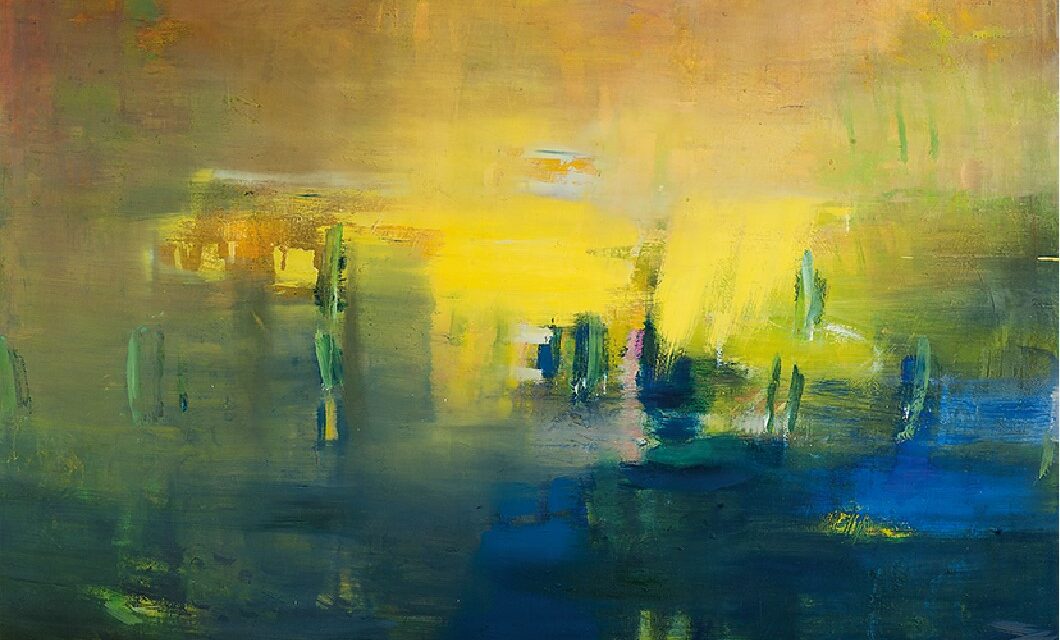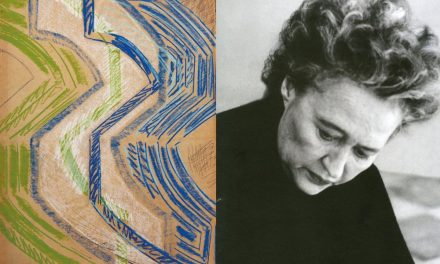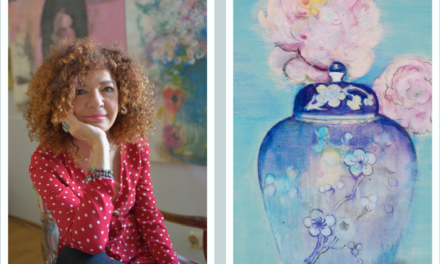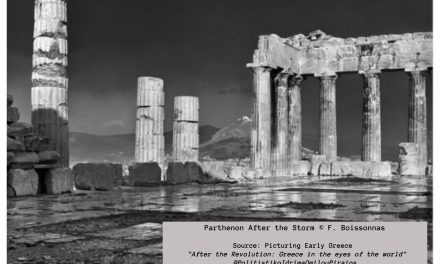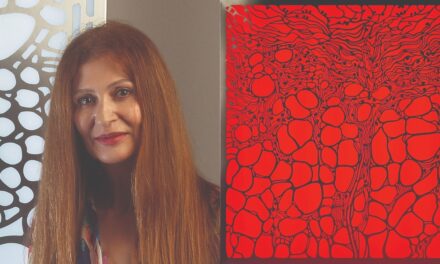The Bank of Greece beckons art lovers to explore its exhibition Parallel Viewing at the prestigious B & M Theocharakis Foundation, a cultural landmark that, since its inception, has been inspiring and educating through its one-of-a-kind exhibitions and events.
Masterfully curated by Charis Kanellopoulou, art historian and scientific advisor of the Bank of Greece Art Collection, the exhibition brings together 70 masterpieces belonging to the acclaimed collection of the Bank of Greece.
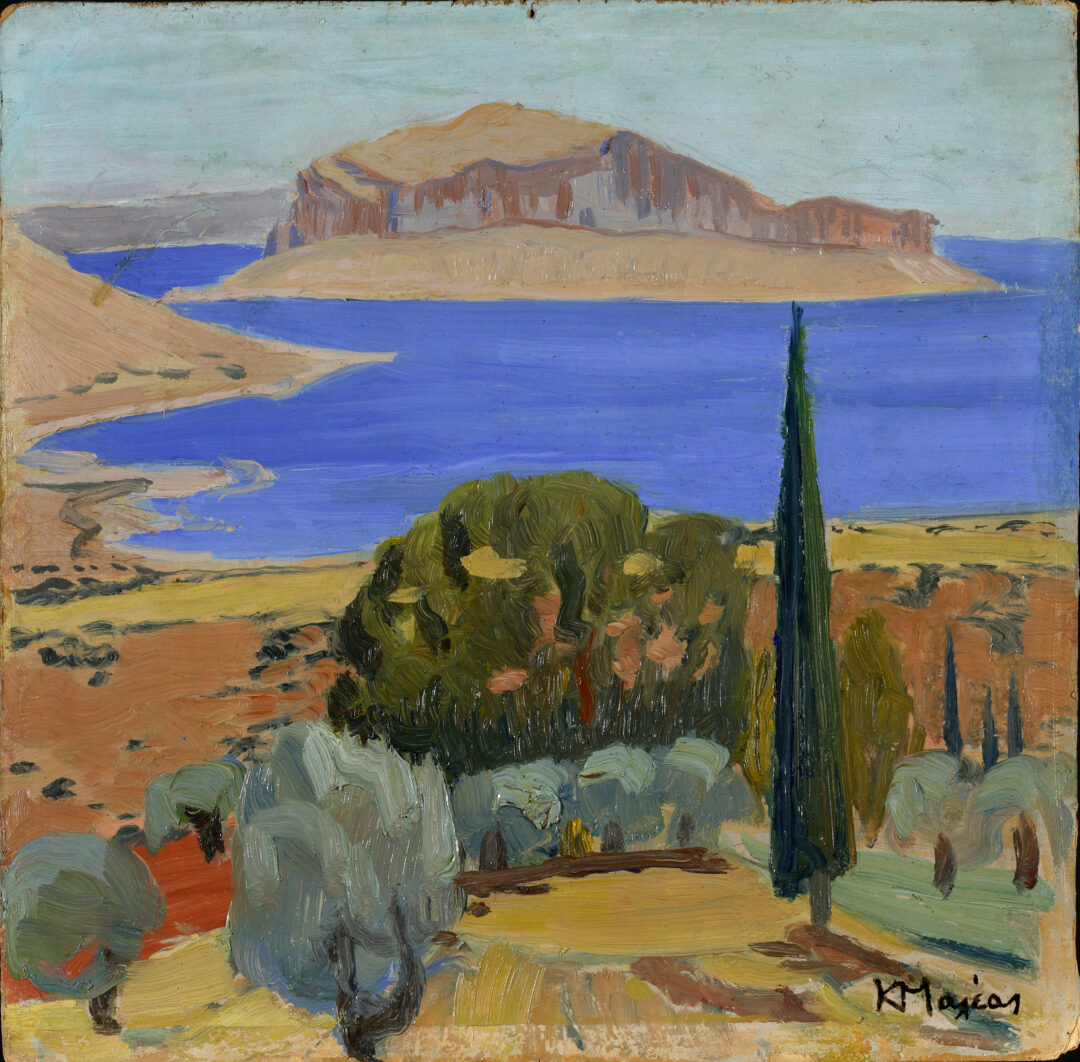
Sprawling consecutive art periods, the exhibition explores key moments in the evolution of Greek visual art through a wide range of aesthetic pursuits. Pioneers creatively interact with contemporary artists, defining themselves with and against each other. Their overlapping and diverging paths essentially shaped Greek visual arts.
Presented in an insightful manner, masterpieces of Greek art are displayed in three sections creating a compelling dialogue that invites the viewer to observe different artistic objectives, approaches, influences and styles.
The first section, “Places and Spaces”, primarily focuses on landscapes. Symbols, myths and memories prompt us to look deeply into the Greek countryside as well as the urban landscape. The greatness of antiquity and nostalgic Athenian landmarks are viewed in dialogue with contemporary Athens.
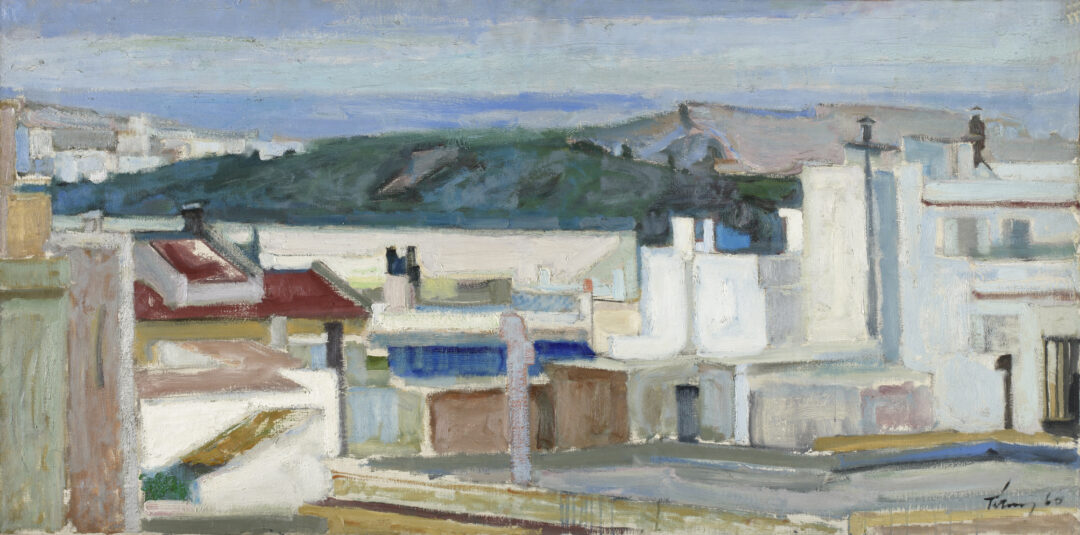
Our gaze smoothly moves from The Parthenon(1870) by Stefanos Lanza to Ardittus (1960) by Panayiotis Tetsis, the City (1965) by Spyros Vassiliou, Athens, nocturnal (2014) by Antonis Staveris and Sculptures and Crowd (2012) by Zafos Xagoraris.
Our experience is further enhanced with lyrical Boats on the Beach (1872) by Ioannis Altamouras and the intense colors of the Greek rural landscape in Monemvasia (1924) by Konstantinos Maleas. A whole different perspective is suddenly revealed through Clouds over Athens (2001) by Dimitris Andreadakis and Slalom (2022), by Io Angeli, alluding to contemporary concerns.
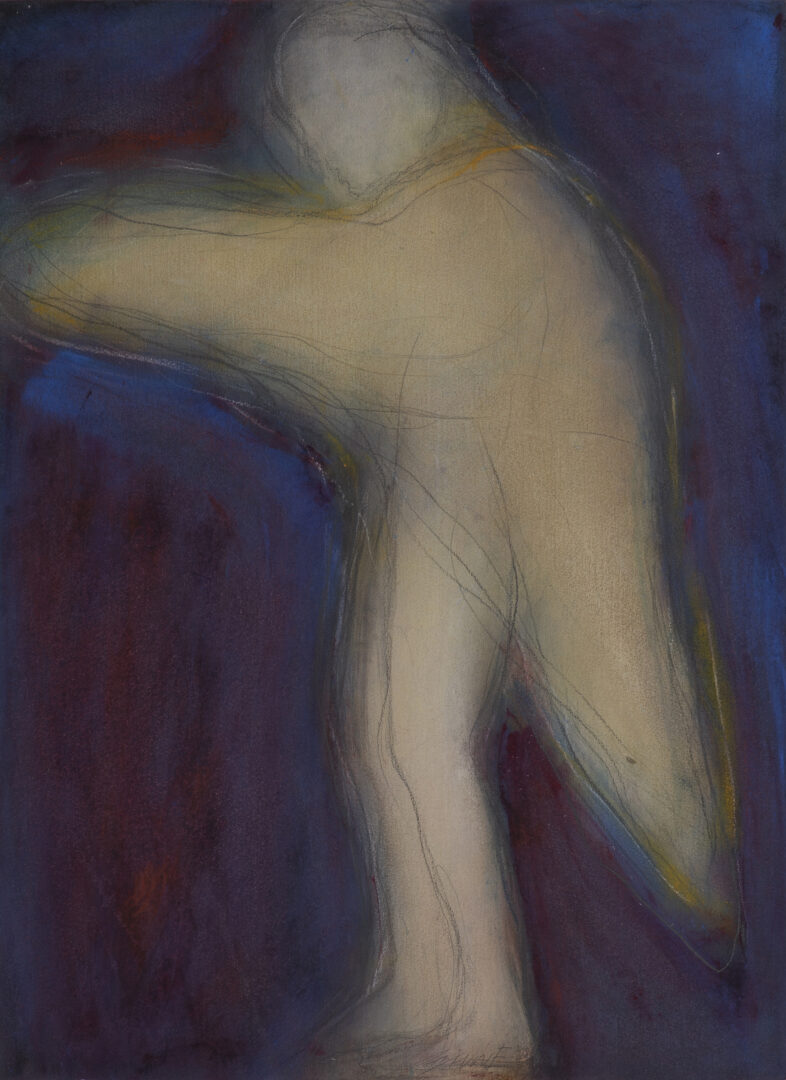
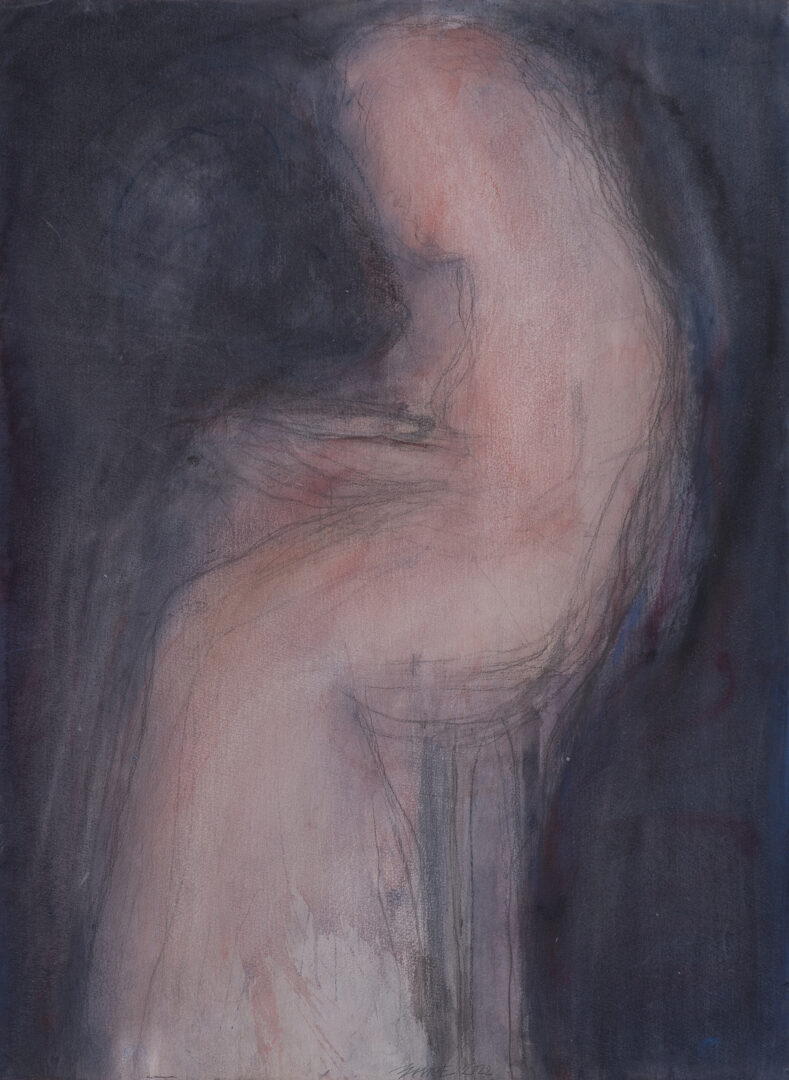
Moving onto the next section, “Myths and People”, the exhibition now focuses on myths. Myths have always influenced the way we perceive ourselves and the world. The neoclassical Pallas Athena (1887) by Nikolaos Gyzis finds itself in dialogue with the abstract archetypical figures of Baubo (2022), Pythia (2022) and Vakhis (2022) by Vana Xenou, while the lyricism of The Poet at the Spring (1875-1880) by Nikolaos Gyzis brings the dream-like world of muses, nymphs and cupids in parallel viewing with Dimitris Alithinos Points in Time (1981), a contemporary synthesis that combines different materials seeking to emphasize the universality of cultures.
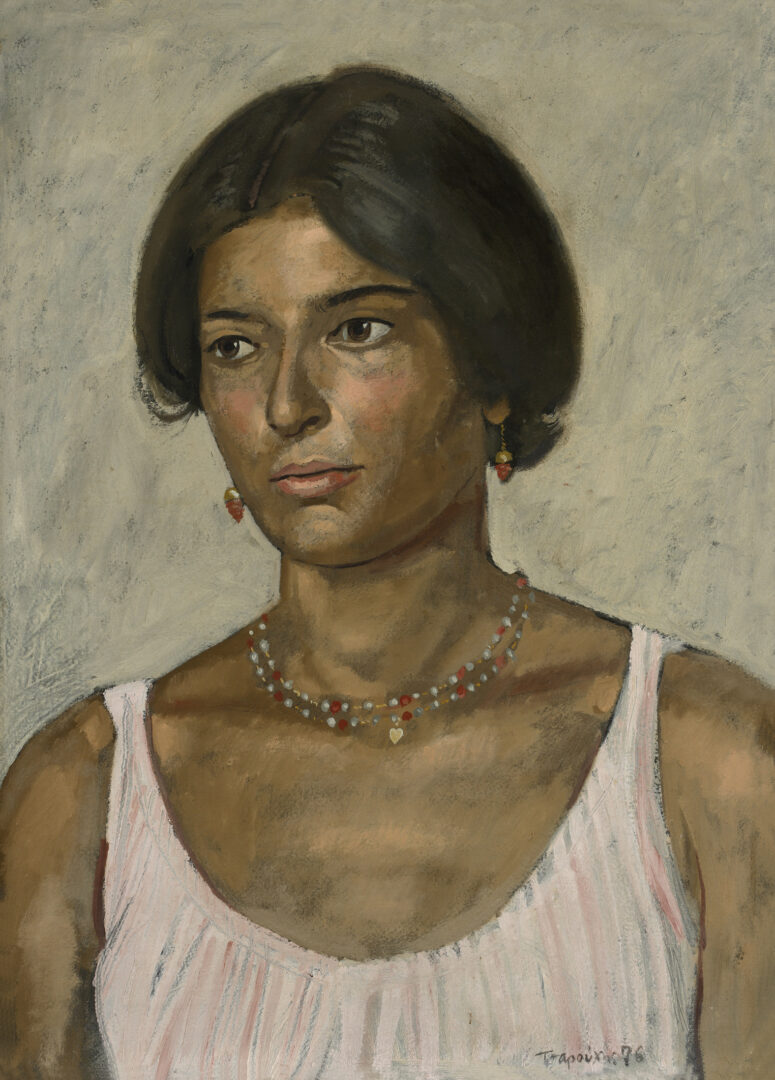
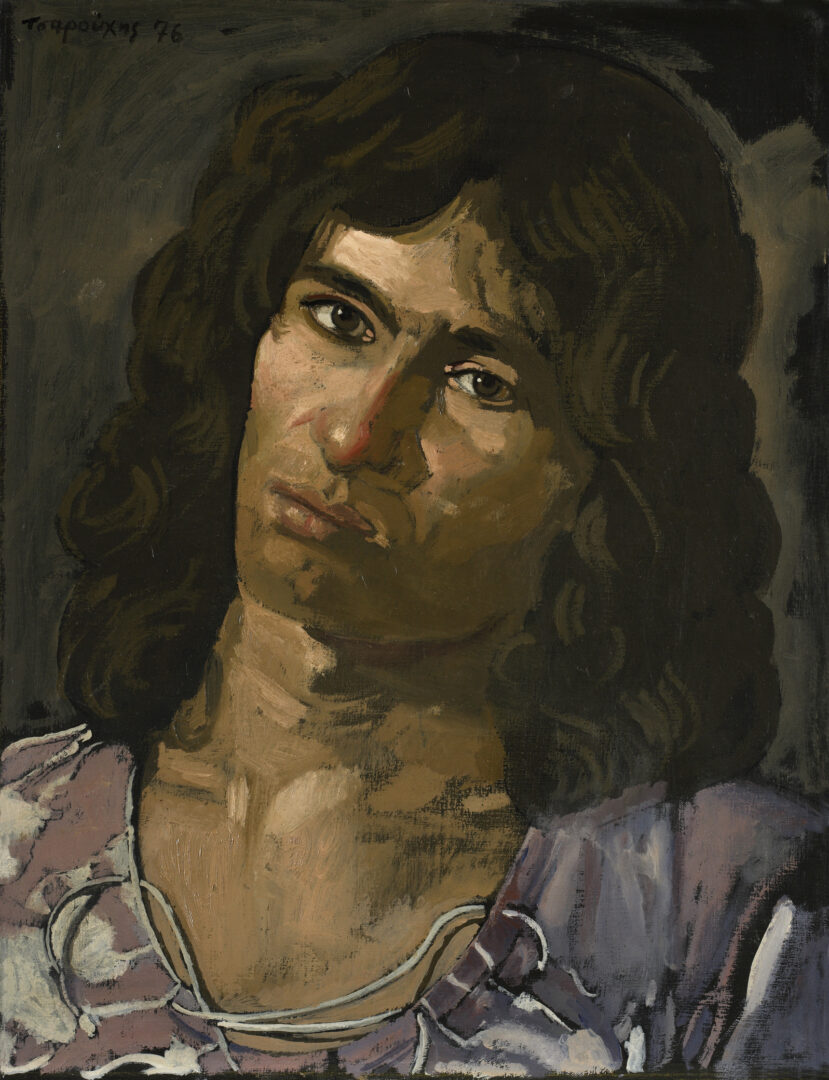
Yannis Tsarouchis’ Portrait of Despina with Necklace and Earrings (1976) and Portrait of Young Frenchman from Besançon (1976) shift our attention from the symbolic, allegorical and mythical figures to the real world, reflecting the artist’s Byzantine, Fayum, and modernism influences. The next ‘cycle of viewing’ comprises three captivating female figures inviting us to explore their inner world, The Letter (1867) by Ioannis Zacharias, The Visit (2014) by Giorgos Rorris and Untitled (2021) by Stefanos Daskalakis.
The last section of the exhibition “The dynamics of ‘ellipsis’” introduces us to the artistic idiom of abstraction. Shifting away from norms, conventional rules and materials we approach the work of art with an open mind, open to spirituality through the process of “ellipsis” referring to the absence of the full representation of the subject matter.
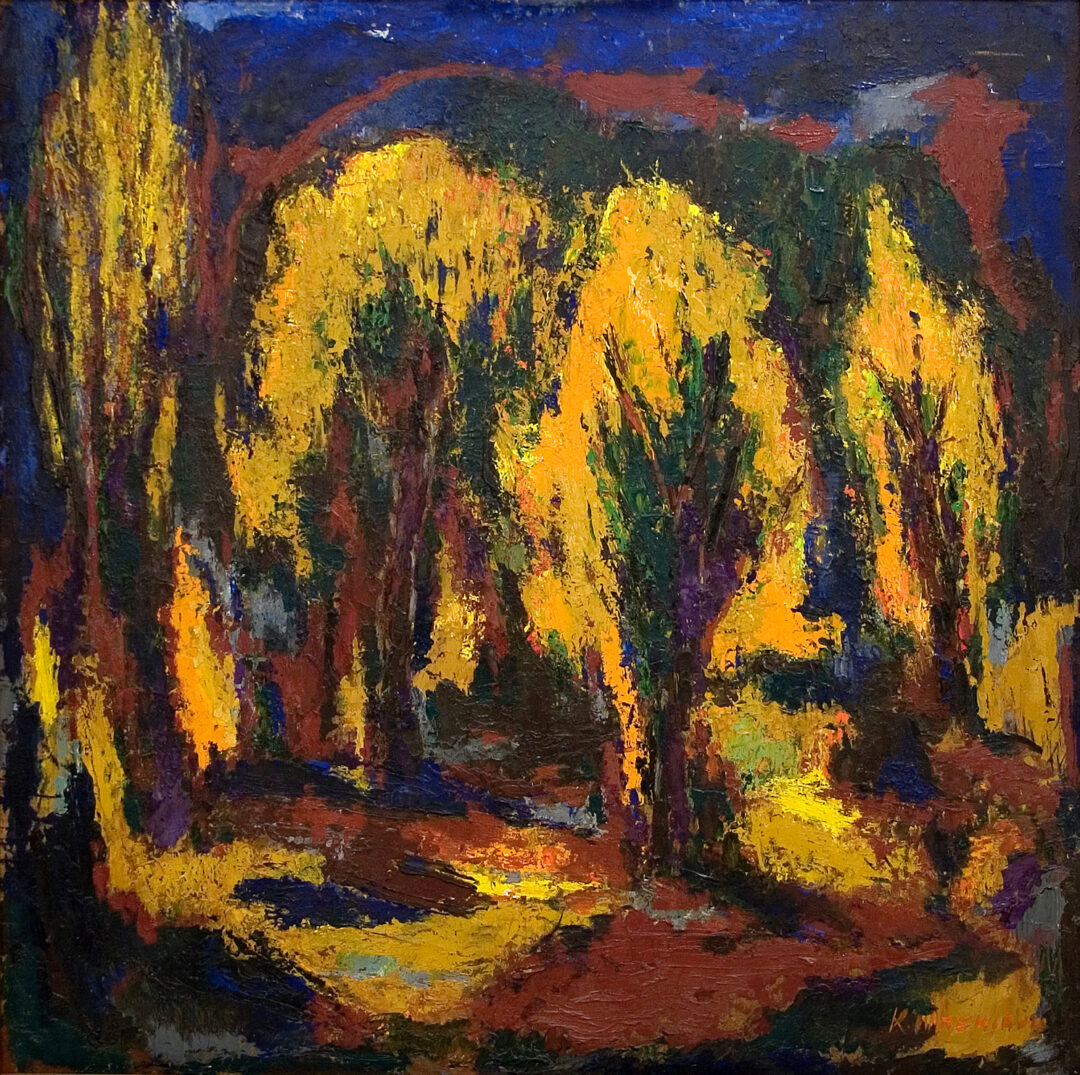
The abstraction in modern Greek painting of the second half of the 20th century emerges with emphasis on symbolic elements, deconstruction, reconstruction allowing for different interpretations. Autumn (1950s) by Koula Bekiari, Impressions by Lambros Orfanos, The Image L (1960) by Jannis Spyropoulos, Ochre Landscape (2008) by Yiannis Adamakos, Rusty Metal Sheets by Sotiris Sorogas and Room Without a View (1992) by Opy Zouni are dynamically experimenting with these concepts.
Greek News Agenda* spoke with the art historian and curator of the exhibition Parallel Viewing, Charis Kanellopoulou.
As a curator, what was the starting point of your approach and how were the artworks selected?
The concept was the coexistence and the parallel observation of works of art, works of different historical periods, from the 19th to the 21st century, and inevitably styles. The goal was to foster an open and creative dialogue between them. The point was to activate a variety of connections, differentiations, comparisons, and interpretations with respect to the works of art, that can be close or afar from a chronological or aesthetic point of view.
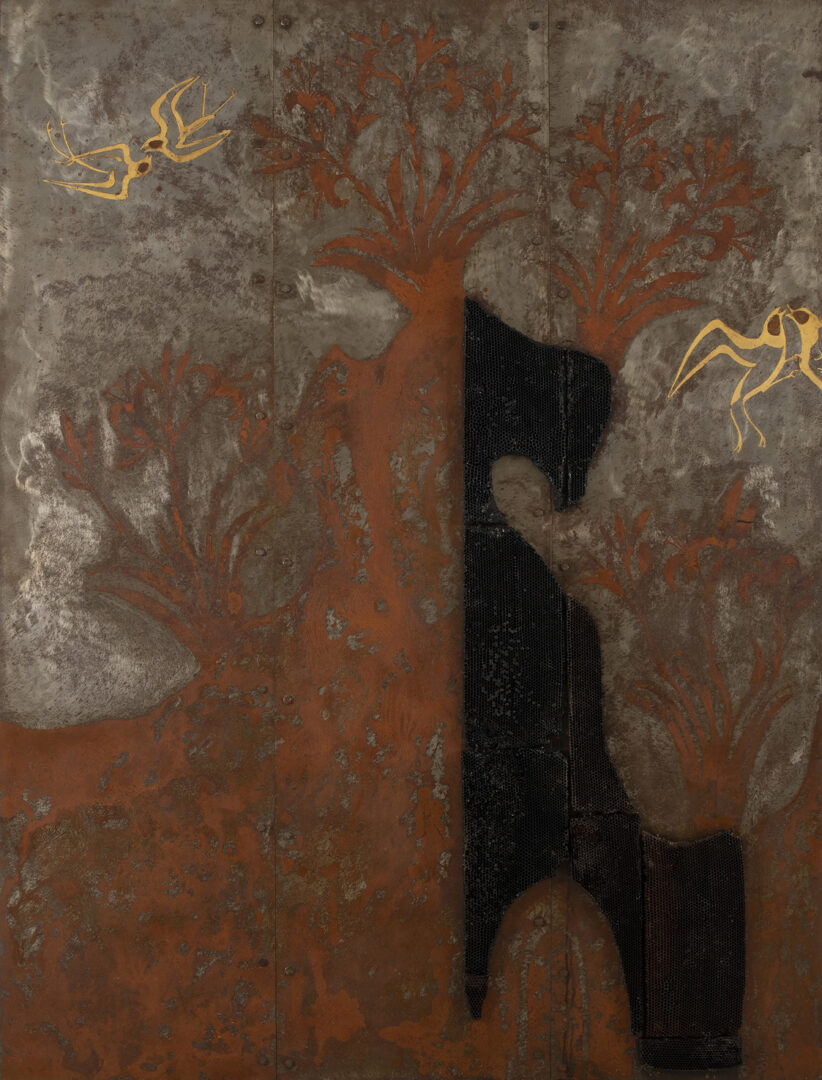
What are the requirements for organizing such a high-quality exhibition?
This depends on the personal perspective of the curator, regarding the conceptual and practical organization of the exhibition. At the same time, it is also a team work involving other collaborators and professionals, such as architects, graphic designers, curators and translators, art handlers etc
Therefore, what is important is the constructive cooperation and close collaboration between the parties involved at every stage of the exhibition, from the configuration of the curatorial idea to its realization, from the opening of the exhibition to its deinstallation.
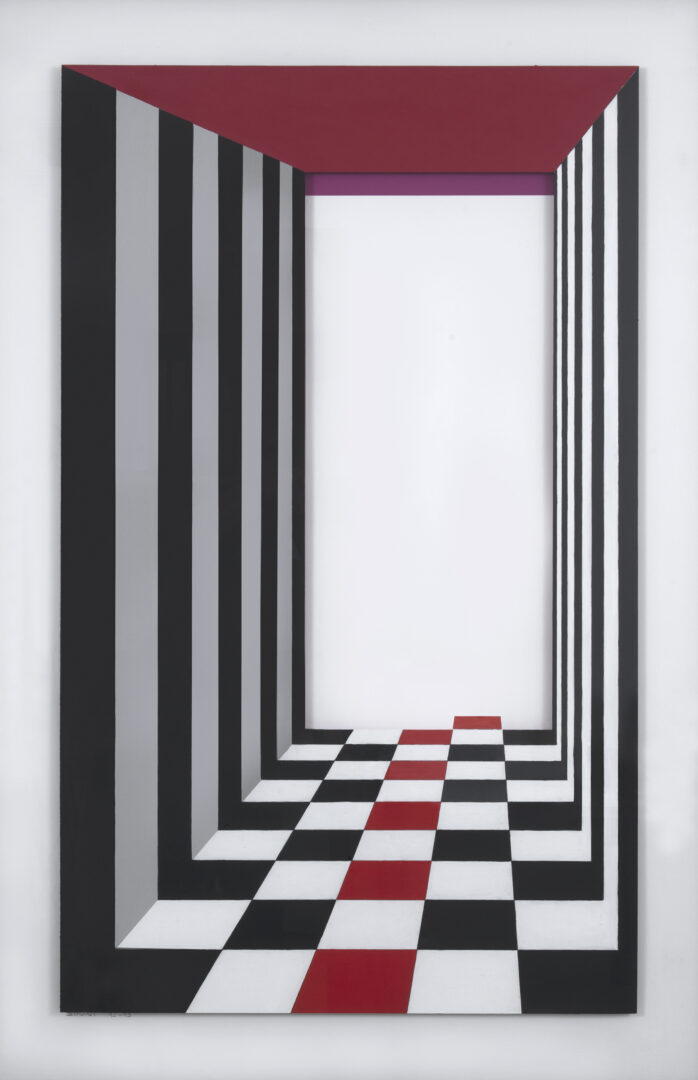
How does the public respond to the art exhibitions taking place in Athens? Is it an actual need for the public or is it mainly focused on art lovers?
The public responds with great interest to the art exhibitions held in Athens. We draw this conclusion from the turnout at exhibitions organized by institutions such as the National Gallery, the National Museum of Contemporary Art, the Benaki Museum or the Theocharakis Foundation, but also from the multitude of projects implemented by curators and artists in independent venues.
Each time, the curatorial approach has to be open to the wider public. Art is a versatile language and an excellent channel of communication, capable of conveying images and ideas of people of different backgrounds, perceptions and experiences.
*Interview by Dora Trogadi (Intro photo Yiannis Adamakos, Ochre Landscape, 2008. Bank of Greece Art Collection)
TAGS: ARTS

